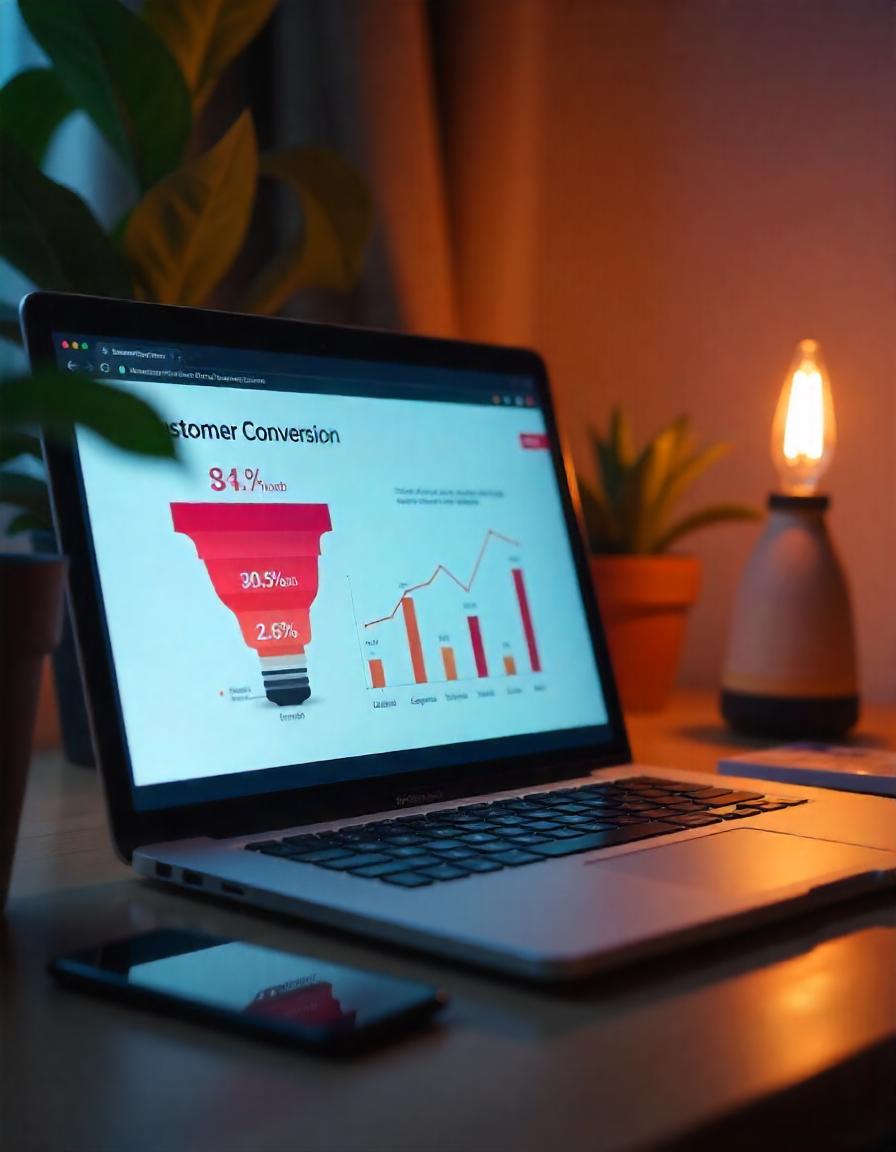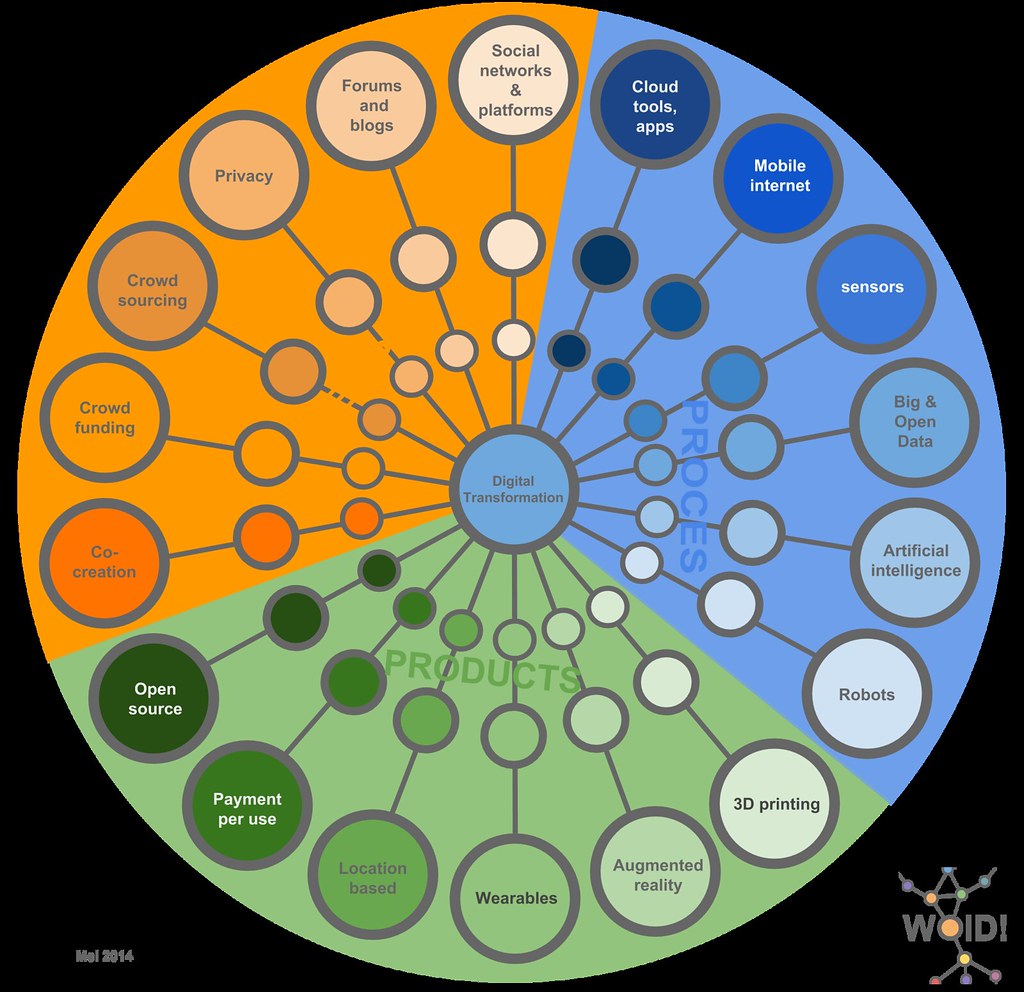Introduction
In a world where everyone seems to be juggling flaming torches while riding a unicycle, it’s time for small business owners to embrace automation. That’s right! Say goodbye to those chaotic days of navigating through endless tasks and hello to the serene life of more time and less stress. Automation isn’t just a fancy buzzword; it’s the superhero cape your business has been waiting for!
So, if you’re ready to make your work-life balance resemble a peaceful zen garden rather than a three-ring circus, let’s dive into how automation can revolutionize your small business!
What Is Business Automation?
Simply put, business automation involves using technology to perform repetitive tasks without the need for human intervention. Think of it as your digital sidekick, tirelessly working behind the scenes while you focus on the more important aspects of growing your business (like perfecting your coffee-making skills or strategizing for your next big product launch).
Benefits of Automation for Small Businesses
1. Time-Saving Wizardry
Who doesn’t wish for more hours in the day? Automation takes care of mundane tasks like scheduling, invoicing, and inventory management leaving you with extra time to pursue your passions (or finally watch that series everyone’s been raving about).
2. Elimination of Human Error
Let’s face it: humans are prone to mistakes. We forget things, misplace important files, and occasionally click “Reply All” when we shouldn’t. Automation minimizes human error by creating standardized processes that keep everything on track like a digital safety net!
3. Enhanced Productivity
With automation handling the repetitive stuff, your team can focus on what they do best; brainstorming creative ideas, meeting clients, or even tackling that list of “future world domination” plans. More productivity means happier employees like when you find an extra slice of pizza in the fridge!
Common Tasks to Automate
1. Customer Relationship Management (CRM)
Managing customer relationships can be chaotic like trying to herd cats! Implement a CRM system like HubSpot or Salesforce to keep track of interactions, follow-ups, and data analysis. Your customers will thank you for delivering personalized experiences, and your cat-herding days will be behind you!
2. Email Campaigns
Have you been sending emails one by one while hoping no one calls you out on the time it takes? Tools like Mailchimp or Constant Contact let you automate email campaigns, segment your audience, and track results. So, go ahead, send those emails while you kick back and sip your coffee!
3. Social Media Management
Take the stress out of posting on social media by using platforms like Hootsuite or Buffer. Schedule your posts ahead of time, and let your digital magic unfold while you binge-watch your favorite series. Your social media presence will stay active without pulling your hair out trying to post every few hours!
4. Invoicing and Payments
Automate invoicing and payment processing with tools like QuickBooks or FreshBooks. No more chasing down payments or confusion over invoices, just quick, straightforward financial management. Your wallet will appreciate this newfound efficiency!
5. Task and Project Management
Tools like Trello or Asana can help you manage tasks across your team, ensuring that everyone knows their responsibilities. Combine fun visuals with checklists, and watch your productivity soar without the stress of post-it note chaos.
Choosing the Right Automation Tools
1. Identify Your Needs
Before you rush to the tech store, think about what tasks take up most of your time. Are you frustrated with customer follow-ups or inventory management? Understanding your needs is key to finding the right tools.
2. Explore Your Options
There are countless automation tools out there, so do your research! Look for user-friendly options that fit within your budget. While some tools can be like a luxury sports car; fancy but unnecessary, others may be just what you need to boost efficiency.
3. Start Small
If you’re new to automation, don’t dive headfirst into an ocean of technology. Start small by automating one or two processes, and gradually expand as you get the hang of it. An incremental approach will keep your stress levels in check!
Implementing Automation Successfully
1. Train Your Team
Don’t leave your team in the dark! Provide proper training on new automation tools and foster an environment that welcomes change. Your team will be more receptive and adaptive when they understand how these tools work and the benefits they bring.
2. Monitor Results
Once you’ve implemented automation, keep an eye on results to see if it’s delivering the desired outcomes. Use data analytics tools to assess performance and fine-tune your strategies. If something isn’t working as planned, don’t hesitate to pivot while dodging those flaming torches, of course!
Conclusion
Embracing automation is an essential step toward achieving business success in today’s fast-paced environment. By freeing up time, boosting productivity, and reducing human error, you can focus on what truly matters: building relationships with customers and growing your business.
Feeling lost in the sea of automation options? Fear not! The expert team at Hodessy LLC is here to assist you in integrating automated solutions tailored to your unique business needs. Let’s work together to transform your small business into an efficiently run powerhouse because you deserve to stress less and enjoy the journey more!










